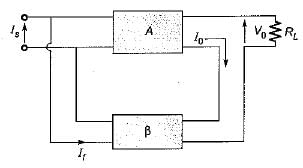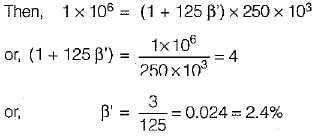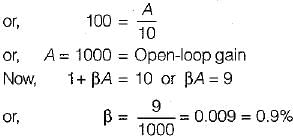Test: Feedback Amplifiers - Electronics and Communication Engineering (ECE) MCQ
10 Questions MCQ Test Topicwise Question Bank for Electronics Engineering - Test: Feedback Amplifiers
When an amplifier is provided with current-shunt feedback, its
An amplifier has an open-loop gain of 1000 and a feedback ratio of 0.04. If the open-loop gain changes by 10% due to temperature, the percentage change in gain of the amplifier with feedback will be
| 1 Crore+ students have signed up on EduRev. Have you? Download the App |
A voltage-series negative feedback amplifier has a voltage gain without feedback of A = 500, input resistance R( = 3 kΩ and feedback ratio p = 0.01. The voltage gain Af and input resistance Rtf of the amplifier with feedback are respectively
Assertion (A): The emitter follower inherently exhibits 100% negative feedback.
Reason (R): The emitter follower is an example of voltage-series feedback.
For the emitter follower circuit shown below, match List-l with List-ll and select the correct answer using the codes given below the lists:
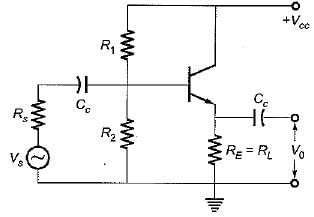
List-I
A. Voltage gain (AV)
B. input resistance (Ri)
C. Current gain (Ai)
D. Output resistance (without feedback)

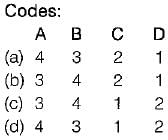
An amplifier has a mid-band gain of 125 and a bandwidth of 250 kHz. A 4% negative feedback is introduced to obtain a new bandwidth and gain. If the bandwidth is to be restricted to 1 MHz, the feedback ratio will be
An amplifier has voltage gain with feedback of 100. If the gain without feedback changes by 20% and the gain with feedback should not vary more than 2%, the values of open loop gain and feedback ratio will be respectively given by
Match List-l (Type of negative feedback) with List-II (Common names) and select the correct answer using the codes given below the lists:
List-l
A. Voltage-shunt feedback
B. Current-series feedback
C. Voltage-series feedback
D. Current-shunt feedback
List-ll
1. Trans-conductance amplifier
2. Current amplifier
3. Trans-resistance amplifier
4. Voltage amplifier
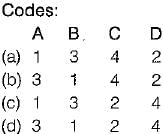
Negative feedback enhances all performance parameters of an amplifier except its


